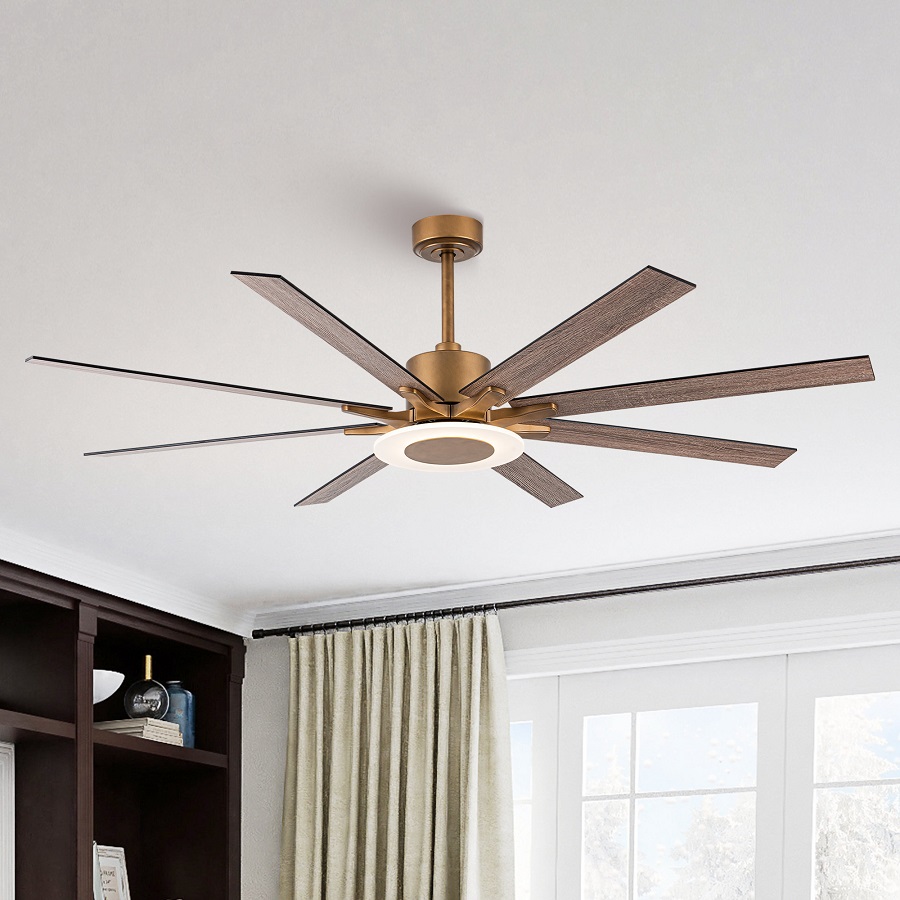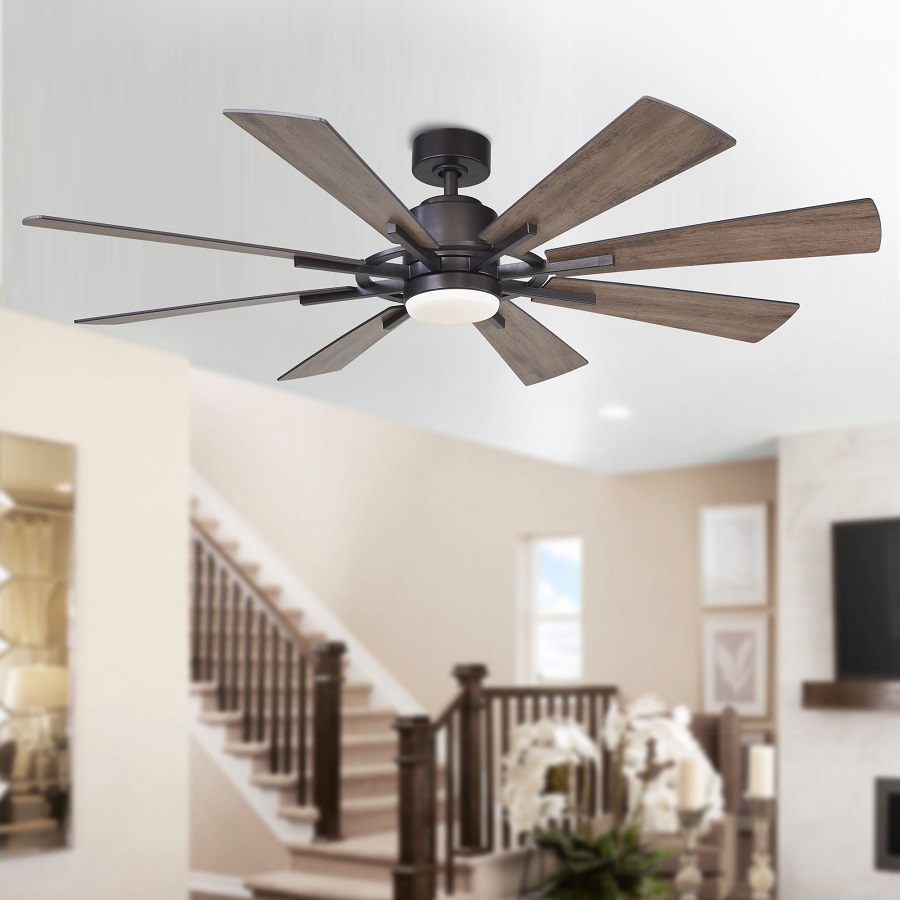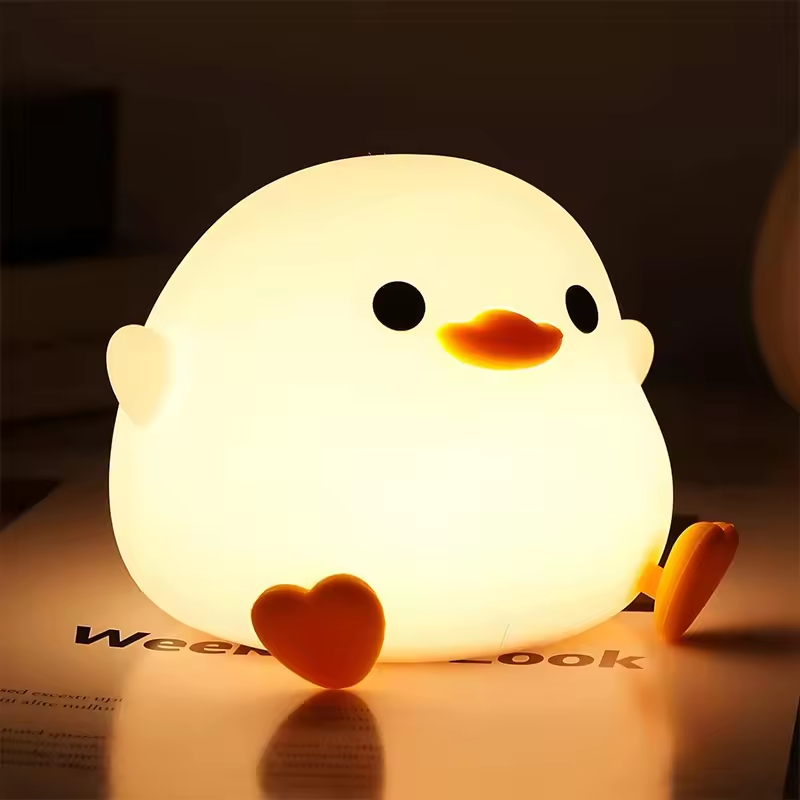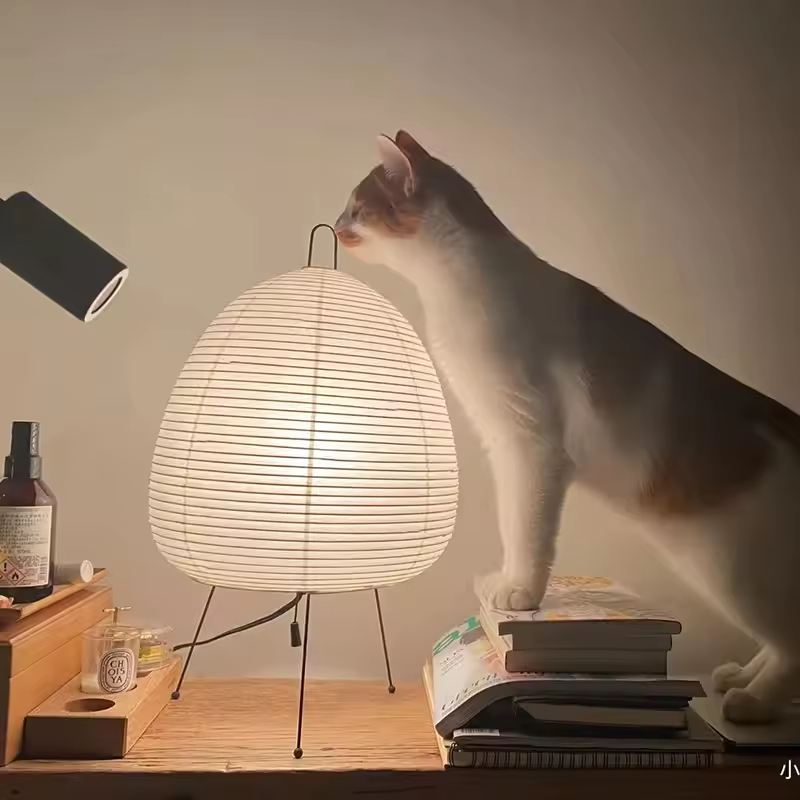Introduction
Replace light with ceiling fan – Home improvement projects can vary in scope, but one of the most impactful changes you can make is upgrading your lighting. If you’re looking to enhance your space’s ambiance while improving comfort, replacing a traditional light fixture with a ceiling fan is a savvy choice. Not only does a ceiling fan provide cooling during warm months, but it also adds an aesthetic element to your decor. Here’s how to successfully navigate this transformation.
Why Choose a Ceiling Fan?
Cooling Benefits
A ceiling fan can create a wind-chill effect that makes the room feel cooler without relying solely on your air conditioning system. This can ultimately lead to energy savings, especially during the hot summer months.
Year-Round Use
Many modern ceiling fans come with reversible motors, allowing you to use them in the winter as well. By running the fan clockwise on a low speed, you can circulate warm air that rises to the ceiling, helping to distribute heat more evenly throughout your space.
Aesthetic Appeal
Ceiling fans are available in a diverse range of styles, finishes, and sizes, allowing you to match the fan with your existing decor or create a new focal point. Whether you prefer a rustic wooden design or a sleek, modern look, there is a ceiling fan to suit your taste.
Lighting Options
Many ceiling fans come with integrated lighting, providing both illumination and airflow. This can save space and reduce the need for multiple light fixtures in a room.
Preparation Steps
Select the Right Ceiling Fan
Before making the switch, consider the following:
- Room Size: The size of the fan should correspond to the dimensions of your room. For instance, a small fan works well in a compact room, while larger rooms might require a more robust model.
- Style and Finish: Choose a design that complements your existing decor.
- Energy Efficiency: Look for fans that use less energy, which can lower your utility bills.
Gather Your Tools
You’ll need:
- Screwdrivers (flathead and Phillips)
- Voltage tester
- Wire nuts
- Ladder
- Optional: Electrical box adapter if upgrading to a heavier fan
Safety First
Always switch off the power at the circuit breaker before beginning any electrical project. Use a voltage tester to ensure that the wires are not live.
Step-by-Step Installation Process
Remove the Existing Light Fixture
- Begin by taking off the light bulb and removing the fixture’s cover.
- Disconnect the wiring. Make a note of how the wires are connected (or take a picture) to facilitate reattachment later.
Install the Ceiling Fan Bracket
- Most ceiling fans require a mounting bracket for installation. Follow the manufacturer’s instructions for secure attachment.
- Ensure that the bracket is mounted on a ceiling joist for maximum safety.
Connect the Wiring
Typically, a ceiling fan will have three sets of wires: the power supply (live and neutral) and the ground wire.
- Connect the wires according to their color:
- Black (or red) for live
- White for neutral
- Green or bare for ground
Use wire nuts to secure the connections and wrap them with electrical tape for added safety.
Attach the Ceiling Fan
- Follow the installation manual to carefully attach the fan to the mounting bracket.
- If installing a fan with a light kit, connect any additional wiring that might be required.
Attach Fan Blades and Light Bulbs
- Install the blades and any light bulbs or globes as per the manufacturer’s guidelines.
- Ensure everything is securely fastened.
Restore Power and Test
- Turn the electricity back on at the circuit breaker.
- Test the fan’s functionality, including speed settings and light.
Final Touches
Once you have installed your ceiling fan, consider these finishing touches:
- Maintenance: Regularly dust the fan blades and perform checks on the electrical system to ensure everything operates smoothly.
- Decor: Enhance the look of your room with complementary decor such as wall art, throw pillows, or an area rug that ties in with your fan’s design.
Smart Home Integration: Consider integrating your fan into a smart home system for added convenience. Many modern ceiling fans are compatible with smart home technology that allows for remote control, scheduling, and voice commands.
Energy Efficiency and Cost Savings
One of the most compelling arguments for transitioning to ceiling fans is energy efficiency. Running a ceiling fan requires considerably less energy than air conditioning systems or even traditional light fixtures. Many ceiling fans consume as little as 15 to 60 watts, compared to the hundreds of watts used by air conditioners. This can result in substantial savings on your utility bills.
- Summer Comfort: In warmer months, ceiling fans can create a wind-chill effect, making a room feel several degrees cooler. By setting your ceiling fan to rotate counterclockwise, you can enjoy a refreshing breeze, enabling you to set your thermostat a few degrees higher without sacrificing comfort.
- Winter Warmth: Surprising to many, ceiling fans can also be beneficial in winter. When set to rotate clockwise, they help circulate warm air that tends to gather near the ceiling, effectively distributing heat throughout the space. This can help you feel warmer and reduce the need for additional heating.
Increased Air Circulation
Ceiling fans play a crucial role in improving air circulation within a room. Poor air circulation can lead to stuffiness, making whole areas uncomfortable. By installing a ceiling fan, you’ll promote better airflow, which can help eliminate odors, reduce humidity levels, and avoid the stagnant air sometimes found in closed-off spaces. This is particularly beneficial in areas where ventilation is limited, like basements or small rooms.
Versatility in Design
Ceiling fans come in an array of designs, colors, and sizes, allowing homeowners to choose fixtures that complement their interior aesthetics seamlessly. Whether accenting a modern space, enhancing a rustic décor, or fitting snugly into a minimalist environment, there is a ceiling fan to suit every homeowners’ taste.
- Lighting Integration: Many ceiling fans come equipped with light kits, allowing you to combine both lighting and airflow in one fixture for a streamlined look. This option can minimize clutter, reducing the need for bulky lamps or additional light sources.
Year-Round Use
Unlike traditional light fixtures, ceiling fans provide year-round functionality, making them a versatile addition to any home. The ability to adjust settings according to seasonal needs not only enhances comfort but also cultivates an inviting atmosphere in your living space throughout the year.
Ease of Installation and Maintenance
Comparatively easy to install, the majority of ceiling fans can be mounted in a few hours, especially if you’re replacing an existing light fixture. Most models come with clear instructions, and a basic understanding of electrical wiring is sufficient for a DIY enthusiast.
Regarding maintenance, ceiling fans are generally low-maintenance. Regular dusting and occasional checks of the motor are usually all that’s necessary to keep them running smoothly. Given their robust build and reliability, ceiling fans offer long-term benefits that can often outweigh the investment required.
Noise Reduction
Traditional air conditioning units can be noisy, which can be disruptive when you’re trying to relax or concentrate. Ceiling fans, especially those with DC motors, operate quietly, offering a gentle hum that can add to the tranquility of a room. This soft background noise can even be soothing for some, creating a comfortable environment.
Eco-Friendly Alternative
For environmentally-conscious homeowners, ceiling fans represent a sustainable option when compared to air conditioning systems. Their low energy consumption contributes to a reduced carbon footprint, and many are constructed from eco-friendly materials. If climate change is a concern for you, every small step counts, and switching to ceiling fans can be part of a broader eco-conscious lifestyle.
Conclusion
Swapping a traditional light fixture for a ceiling fan can significantly elevate the comfort and aesthetic of your living space. With proper planning and execution, this project can be a straightforward DIY endeavor that yields fantastic results. Beyond enhanced airflow and energy efficiency, a ceiling fan can serve as a stylish focal point that enriches the overall ambiance of your home. Dive in—your transformed space awaits!


